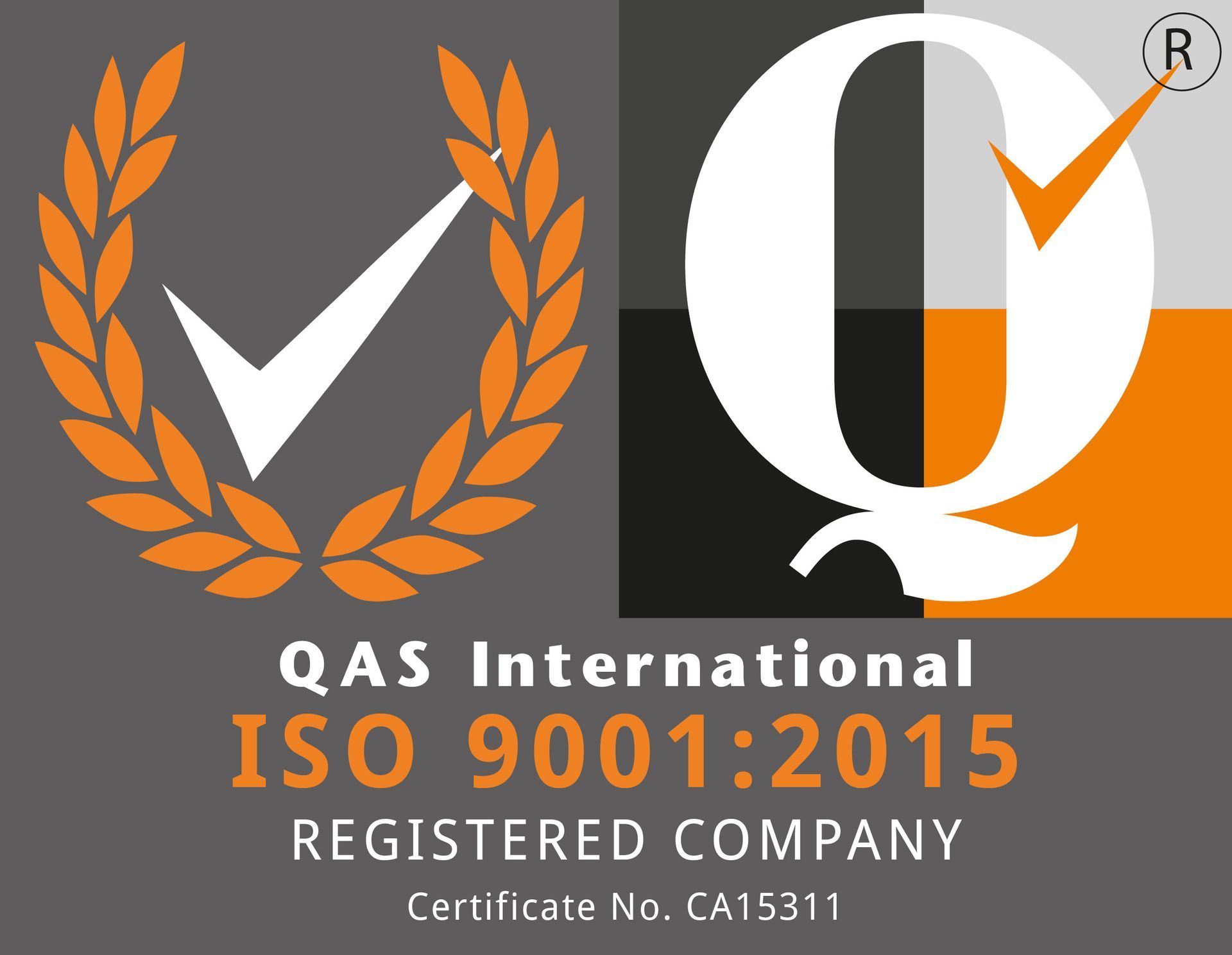Our comprehensive range of services covers a spectrum of crucial aspects, including new ISO Standard Implementation, ISO Managed Services, ISO 27001 Transition, Gap Analysis, internal auditor training, management system analysis, pre-audit services, internal audit support, and senior management review meetings. Each of these services offers distinct advantages, ensuring that your ISO journey is not only compliant but also efficient, cost-effective, and conducive to sustained excellence.
Steps to Adopt ISO Standards
and Prepare for Certification Audits
Implementing ISO standards within a company is a significant step towards achieving excellence in quality, environmental management, occupational health and safety, IT service delivery, business continuity, and information security. Once the initial stages of advice, assessment, gap analysis, and documentation have been completed by CCS, there are additional steps that a company should take to fully adopt ISO standards and prepare for certification audits.
This article provides a guide on the steps necessary to successfully implement ISO standards and demonstrate compliance during certification audits.
- Implementation of the Management System:
- The first crucial step is to implement the documented procedures, controls, and processes outlined in the management system manual. This entails integrating the management system into daily operations, ensuring employees understand their roles and responsibilities, and consistently following the established procedures.
- Awareness and Training:
- Conducting awareness programs and training sessions for all employees is vital to ensure they comprehend the requirements of the chosen ISO standard(s) and their individual contributions to the management system. Training should cover relevant processes, document control, record keeping, and continuous improvement to build a knowledgeable and engaged workforce.
- Internal Auditing:
- Establishing a competent internal audit lead, instructed by CCS, is essential. Internal auditors should conduct regular audits to assess the effectiveness and compliance of the management system. Through comprehensive audits covering all relevant areas, non-conformities can be identified, and corrective actions can be recommended.
- Corrective and Preventive Actions:
- Addressing non-conformities identified during internal audits, customer complaints, and feedback requires appropriate corrective and preventive actions. By thoroughly investigating the root causes of non-conformities, implementing corrective measures, and taking preventive actions, companies can enhance their processes and avoid recurrence.
- Management Review:
- Top management should periodically review the performance of the management system. This review considers the results of internal audits, corrective actions, customer feedback, and other pertinent information. By allocating resources and identifying areas for improvement, companies can ensure the ongoing suitability, adequacy, and effectiveness of their management systems.
- Continuous Improvement:
- Maintaining a culture of continuous improvement is crucial for long-term success. Regularly monitor performance metrics, analyse data, conduct customer satisfaction surveys, and benchmark against industry best practices. Identifying opportunities for improvement and implementing them will help enhance the effectiveness and efficiency of the management system.
Adopting ISO standards and preparing for certification audits require a systematic and comprehensive approach. By following the steps outlined in this article - implementing the management system, providing awareness and training, conducting internal audits, taking corrective and preventive actions, conducting management reviews, and focusing on continuous improvement - companies can successfully adopt ISO standards and demonstrate compliance during certification audits.
Embracing these steps not only enhances the organization's processes but also establishes a foundation for sustainable growth and success in an ever-evolving business landscape.




